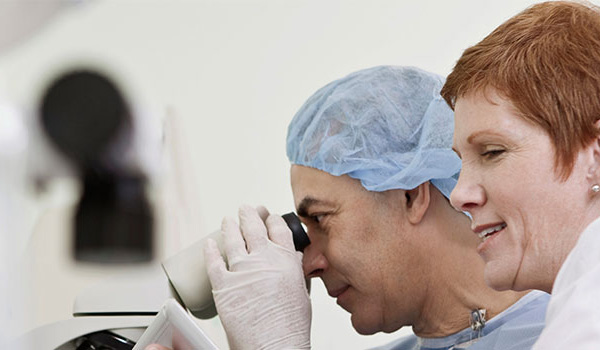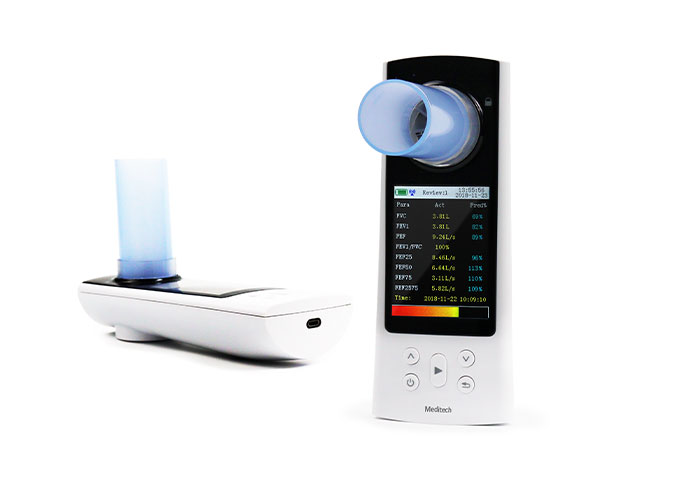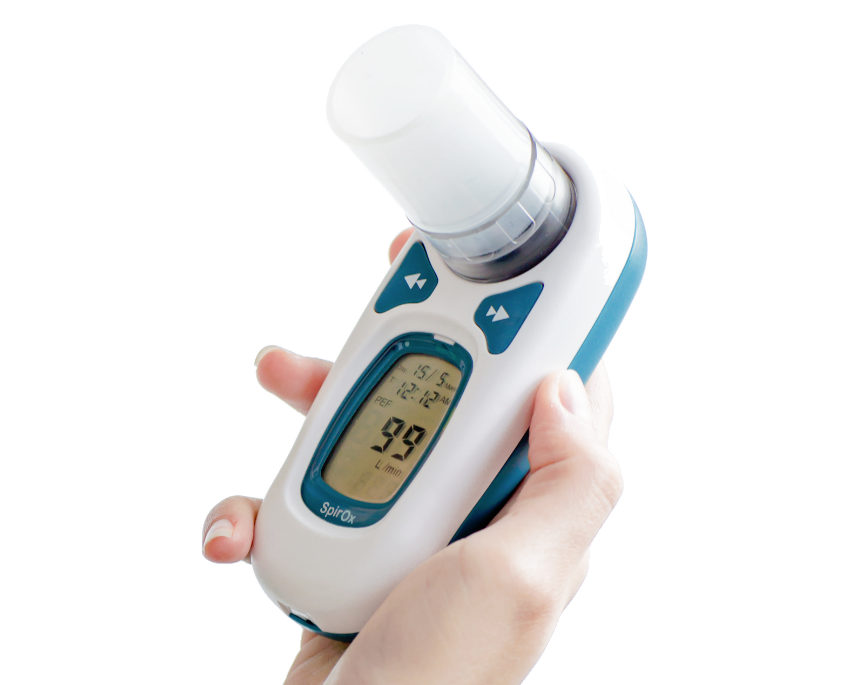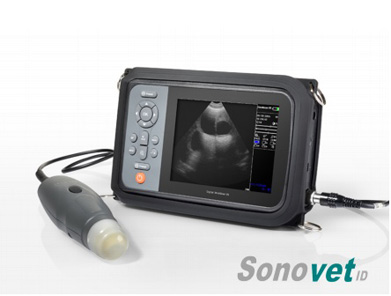

Education
Defibrillator Pad Placement
Defibrillator Pad Placement
Should you be the owner of an automated external defibrillator, you may be interested in knowing how to properly use the device. One of the most important components of these devices is the defibrillation pads. Knowing how to properly apply the defibrillation pads is a crucial aspect when it comes to using an AED in the event of a sudden cardiac arrest. By reading this article, you should have a much better understanding of what to do should a medical emergency arise where you have to use an AED.
Knowing how to properly use an AED means that you can improve the efficiency with which you are able to provide basic treatment to someone who is in need of it. Knowing how to properly place the pads means that you can avoid any burns or other standard injuries that are often associated with the use of an AED. Taking into consideration the size and body of the person that you are going to be helping means that you can quickly determine exactly what you need to do in order to assist them in regaining a regular heartbeat once again.
Where Do Defibrillator Pads Go?
Your initial thought when thinking of where defibrillation pads are placed may be the chest, and this assumption is totally correct. When in use, defibrillator pads are placed on the bare chest of the individual who is in need of treatment. The first thing that you should do whenever you purchase a new defibrillator. The instruction manual gives you a ton of useful information such as how to maintain the device as well as how to properly use the unit.
The instructions on where you should place the pads are pretty straightforward and shouldn’t be too confusing. The pads should be placed on the anterior (front) of the chest, one of them goes above the right nipple, and the other is placed onto the left side of the chest, just below the chest area. The only exception to this comes into play when pediatrics are in use. In this case, the placement differs in order to protect the child. The general principle behind defibrillation is that you deliver a shock to the heart from one side to the other. This then results in the heart being shocked back into a regular rhythm.
You may still have some questions in regard to some special circumstances. These are also discussed here.
Large Breasts
Patients who have large breasts, regardless of whether they are male or female, require the pad to be placed where it is possible beneath the breast tissue. In order to do this, you are required to lift the breast tissue with one hand and place the pad on the chest with the other hand while doing so. By doing this, you are able to place the defibrillation pad in the best possible place, giving the patient the best possible chance for successful defibrillation.
Jewelry
It is important that you assess any possible sudden cardiac arrest victim for any jewelry before you start the defibrillation process. Any jewelry must be removed before you start the process, this includes nipple piercings and necklaces. The defibrillation pads should not come into any contact with any metallic jewelry as this can cause some serious problems.
Tattoos
If you have any concerns regarding whether or not having a tattoo can affect the defibrillation process, worry no more. There are no issues with defibrillation and tattoos. The pads can be placed over tattoos without them having any effect on the shock that is administered.
Pacemakers
Some patients may have pre-existing heart conditions, and as a result of this may have a pacemahttps://www.aed-defi.comker already fitted. Although you may be concerned about this affecting the defibrillation process, there are no problems with defibrillating a patient with a pacemaker. All defibrillators are able to deliver the shock to a patient whether they have a pacemaker or not.
Scars
Generally speaking, the scar tissue that could be left behind as a result of any surgery should not be in the same area where the pads need to be placed. However, in the rare circumstance that they are, it is not much of a concern in any regard, as scar tissue does not affect the defibrillator at all. This means that a successful shock can still be delivered, regardless of whether or not there is any scar tissue present in the area.
Does AED Placement Matter?
If you have the question of whether or not the placement of the pads actually matters, then you should be glad to know that the placement of the pads is vital for the success of the defibrillation. Although a situation may be extremely stressful, and as a result, you may be tempted to just put the pads on as quickly as possible, this is a serious mistake. It is important that you are familiar with the placement of the pads in advance so you can complete the process as quickly as possible. Taking the extra time to put the pads on properly can save the life of the person at risk
==========
The reason why the positioning of the pads is important is due to the fact that the electric shock that is delivered to the heart needs to travel completely through the heart muscle. The first pad must always be placed on the chest just beneath the patient’s collarbone, and the second pad should be placed on the left chest wall, just underneath the armpit area. This allows the shock to travel through the heart muscle in a safe manner. Most pads come with either written or audio instructions so that even if you are not entirely familiar with what to do, you can consult these instructions for some assistance with the matter at hand.
There are some common mistakes that many first-time AED users are guilty of. The first, and most common mistake, is that people misplace the second pad. The pad should be placed on the left chest wall, just under the armpit area, as previously mentioned, and people often make the mistake of placing this pad on the front of the chest. This makes the AED shock much less effective, and due to this, it is recommended to watch out for this error.
Another aspect that not many people consider is the fact that the AED pads must be in contact with the skin of the patient. Some patients may have a little chest hair, and as a result, this can reduce the contact of the pad with the skin, as well as increase the risk of the patient being burned. Most AEDs come with a small razor for the purpose of removing any chest area should this be a factor in the defibrillation of an individual.
When performing CPR, it is important to place the AED pads in the correct position. The two most common positions are anteroposterior AED pad placement (AP) and anterolateral placement of AED pads (AL).
Where should AED pads be placed in the anteroposterior placement for adults and 8 years and older?
Anterior-posterior (AP) pad placement is when the AED pads are placed on the chest, one on the right side and one on the left side. This position is often used for adults and children over the age of eight.
Where should AED pads be placed in the anterolateral placement for adults and 8 years and older?
Anterolateral placement of AED pads is when the AED pads are placed on the chest, one on the front and one on the back. This position is often used for infants and young children.
The anatomical position is the first step. Anatomical position refers to the basic posture in which the body is positioned when using terms such as anterior, posterior, and lateral to describe it. The typical anatomical position is when the body is in a situation that’s close to what you would see if someone were flat on their back, with palms and toes facing forward, and both arms and legs slightly parted so they aren’t touching the torso or each other.
In this standard anatomical posture, the term anterior-posterior refers to “the front and back of the body.” Anteriority is defined as being closer to the front of the body, while posteriority is defined as being farther from the rear. The patient’s heart is the most important organ. The heart is unique from all other organs in that it has a direct blood supply and does not require an antifungal agent to be maintained during surgery.
The term “anterior lateral” refers to the location of the eyes, which is equivalent to “toward the front” and “towards the edge” in a standard anatomical posture. Anterior characteristics are closer to the front of the body, while lateral characteristics are closer to the perimeter. When one AED pad is placed on the right side of the chest (just below the collarbone) and another pad is placed on the lower left side of the chest, this sort of defibrillator pad placement is used.
AED electrode pads are extremely easy to use since they come with pictures on them showing you where to put them on the body. Keep in mind that all defib pads must be applied directly to bare skin!
Where Would You Place the AED Pads on an Adult
By calling 911 and administering CPR and an AED as soon as possible, bystanders can give sudden cardiac arrest (SCA) victims the best chance of survival.
While CPR can assist in the delivery of oxygen to the brain and other vital organs, it rarely succeeds in restoring a regular heart rhythm on its own, making the use of an AED as soon as possible a crucial step in surviving SCA.
In fact, every minute that passes without an AED shock reduces the chances of survival by 7-10%. It performs best if delivered within the first three minutes of cardiac arrest.
Businesses are becoming more conscious of the need for onsite AEDs in case of emergencies. They can also be found in vast public spaces such as airports, stadiums, and classrooms, potentially saving more lives.
===============
AEDs are built to be convenient and user-friendly, despite the fact that they are life-saving devices.
Here’s how to use AED pads in the event of a sudden cardiac arrest emergency.
Bystanders can be guided by the AED’s visual and auditory cues. This means that everyone, regardless of experience, can use an AED. The basic steps that you need to follow when using an AED are:
- Turn the device on
- Apply the AED pads correctly
- Follow the prompts provided by the device
- Clear the patient and administer the shock
- Resume the compressions and continue to follow any additional prompts
Although these instructions seem pretty simple, complications can arise in applying the pads. The way that you apply the pads differs for different aged and sized individuals. The following instructions apply to individuals who are adults (they are older than eight years old, or weigh more than 55 pounds):
- Peel the pads off of the backing.
- Place one pad on the right side of the chest, on the area just below the collarbone.
- Place the other pad on the lower left side of the chest, underneath the armpit area.
- Connect the pads to the AED. Some pads are already pre-connected to the device.
You should always make certain to apply the pads to the chest in accordance with the pictures that are on the pads. You should also ensure that they are applied to bare skin, as if they are not, they may not work. The chest must be exposed in order to administer the defibrillation, and you can expose the chest area by cutting the shirt of any individual if necessary. Another important factor to consider is the fact that the chest should be dry. If the individual in need of defibrillation has a wet chest, you may want to consider wiping it down before you begin the process. You should also remove any chest hair from the area, and this can be done with the use of a razor.
Where is the Best Place to Stick the Pads When Using a Defibrillator on a Child?
It is important that you take into consideration the fact that children do not adhere to the same requirements for defibrillation as an adult. For this reason, the process of defibrillating a child differs from the general process used to treat an adult patient. The most obvious difference is the fact that children require a much lower energy level in order to defibrillate their heart. Some AEDs come with pediatric pads or equipment that are used for delivering the current through the heart of a child or infant.
The body of a child is much smaller than that of a fully grown adult, and because of this difference in size, it is critical that you adhere to the specific methods of care intended for a child. Using the correct method allows you to improve the odds of the defibrillation being successful. So, when you are using an AED to treat a child who is younger than eight years old, or who weighs less than 55 pounds, make sure that you follow the following guidelines, as their importance cannot be stressed enough.
- Use the pediatric pads and equipment if they are available, should they not be, you can use the adult pads.
- It is important that you do not cut or fold any of the pads, and should also ensure that the pads do not overlap one another at all.
- You should place the first pad on the front of the child’s chest.
- The second pad should be placed on the back of the child in order to complete the path for the shock.
If you are unsure of the age of the child, you should look for signs of puberty such as facial hair or breast development. Should you notice any of these signs of puberty, then you should use adult pads instead of the pediatric options. If the individual has already undergone puberty, then pediatric pads are not capable of delivering a strong enough shock in order to defibrillate their heart.
How Do You Apply Automated External Defibrillator Pads?
The importance of the positioning of the AED pads cannot be stressed enough. Using incorrect pad placement can result in the shock not being administered to the heart efficiently. This can then mean that the electrical current is not able to deliver the shock to the heart properly. Even if you have no training, you should not be too concerned as the AED provides you with some instructions regarding its use. By following the instructions provided to you, you can ensure that you are able to deliver the best possible treatment to the patient experiencing a sudden cardiac arrest.
As previously mentioned, there is only one way of applying the pads to a patient. The only exception to this rule is when treating a child or infant, as they are much smaller in size, and as a result, do not require as much direct charge to their heart in order to allow it to resume its general rhythm. Other than this one exception, the pad placement for any other individual is the same regardless of their size or stature. By knowing how to properly apply the pads, you can ensure that any person you treat always has successful defibrillation.
The instructions for placing the pads are pretty simple. All that you have to do is ensure that the first of the electrodes is placed on the right side of the chest, just below the collarbone, and that the second is placed on the lower chest wall on the left side.
Choose the Best AED for Your Organization
Even if your defibrillator has been sitting around gathering dust for a while, it should still be able to help you in an emergency. Depending on where it is placed, it may be subjected to extremely difficult conditions. If it’s going to be on a ship or an oil platform in the middle of the ocean, it should be able to endure the most severe conditions.
The most important move is to find out which manufacturer produces the AED that better suits your or your organization’s needs. If you want the rescue to go smoothly, you need to choose the right defibrillator to deliver the shock. Now, if you know that you are going to be operating in a noisy atmosphere where you won’t be able to hear audio prompts clearly, an AED with visual prompts might be a better option to avoid any issues during the operation. In a similar vein, if you work in an area where audio reminders might be more useful, you would prefer to go that path.
===============
There is a variety of excellent AEDs to choose from. Regardless of which system or unit you want to buy, whether it’s the Meditech AEDor another option, it’ll come with its own set of benefits and drawbacks. The following are some of the best choices for you to consider:
- Meditech AED. Defibbrillator
Maintenance Tips for Your Standard AED
A written or electronic inspection checklist must be used by the person performing the inspection. It’s recommended that you keep track of the inspection’s date and time, as well as the results and any maintenance steps taken. Replacement of batteries and electrodes, as well as any software upgrades to your AED, are all part of this routine maintenance. In order to be prepared for an emergency medical situation, you can also double-check that materials like gloves and protective masks are up to date and properly secured at that time.
AEDs are vulnerable to being interrupted or tampered with because they are often placed in public places. Ensure that the system is in good working order and that nothing is broken during the visual inspection. You can discover that the computer has been tampered with, causing it to be damaged. If this is the case, it is important that you have your AED fixed as soon as possible to prevent any liability arising from your failure to have a working automatic external defibrillator in the event of a medical emergency.
Both the battery and electrode pads should be replaced before using the device again after using it on a patient. To ensure the event data does not obstruct the care of a new patient, remove it from the AED according to the AED policy and the manufacturer’s instructions. This detail, which includes the victim’s heart rhythms as well as the times when the shocks were given, must be shared with the person in charge of medical supervision. Remember that confidential information about a victim must be kept private and not shared with others but the victim and their physician.
Along with routine inspection and repair of your AED, you must also be informed of any recalls or service bulletins provided by the manufacturer. Many AED owners are entirely unaware that the product needs to be recalled, which leads to additional issues that you would rather prevent. The vast majority of recalls are for minor issues including software updates. It is important that you always follow the manufacturer’s directions for the AED you have ordered, no matter how minor the issue is, in order to prevent potential problems.
The Bottom Line
No matter the situation that you find yourself in, you now know how to properly apply AED pads. Knowing how to properly apply these pads, whether to a fully-grown adult or to an infant can assist you in saving a life one day. Being aware of the procedures that you have to follow when using AEhttps://www.aed-defi.comDs means that you do not have to waste any time reading the manual when a medical emergency arises and can administer treatment to the individual as early as possible.
Now that you are aware of the procedures involved in apply the pads to another human, you can begin training other individuals who may be interested in knowing this information. By conducting some training events at your organization, you can ensure that everyone is educated in terms of how to administer an electrical shock to anyone who is suffering from a cardiac arrest or any other such problem. This can greatly reduce the risk of any person not knowing what to do in a situation where they are required to help someone who is in need.
Promoted Products
Meditech Brands
Meditech Equipment Co.,Ltd is part of Meditech Group. Product(s) described may not be licensed or available for sale in all countries. Sonotech, Sonovet, iSonic, FOs2pro, Dolphi, Defi, HeartRec,miniScan,Cardios,SpirOx,iBreath, Meditech and all corresponding design marks are trademarks of Meditech. The symbol indicates the trademark is registered. Patent and Trademark Office and certain other countries. All other names and marks mentioned are the trade names, trademarks or service marks of their respective owners. Please see the Instructions for Use for a complete listing of the indications, contraindications, warnings and precautions.
Legal notice Terms and conditions Cookie policy Privacy Policy Professional organisations Careers















